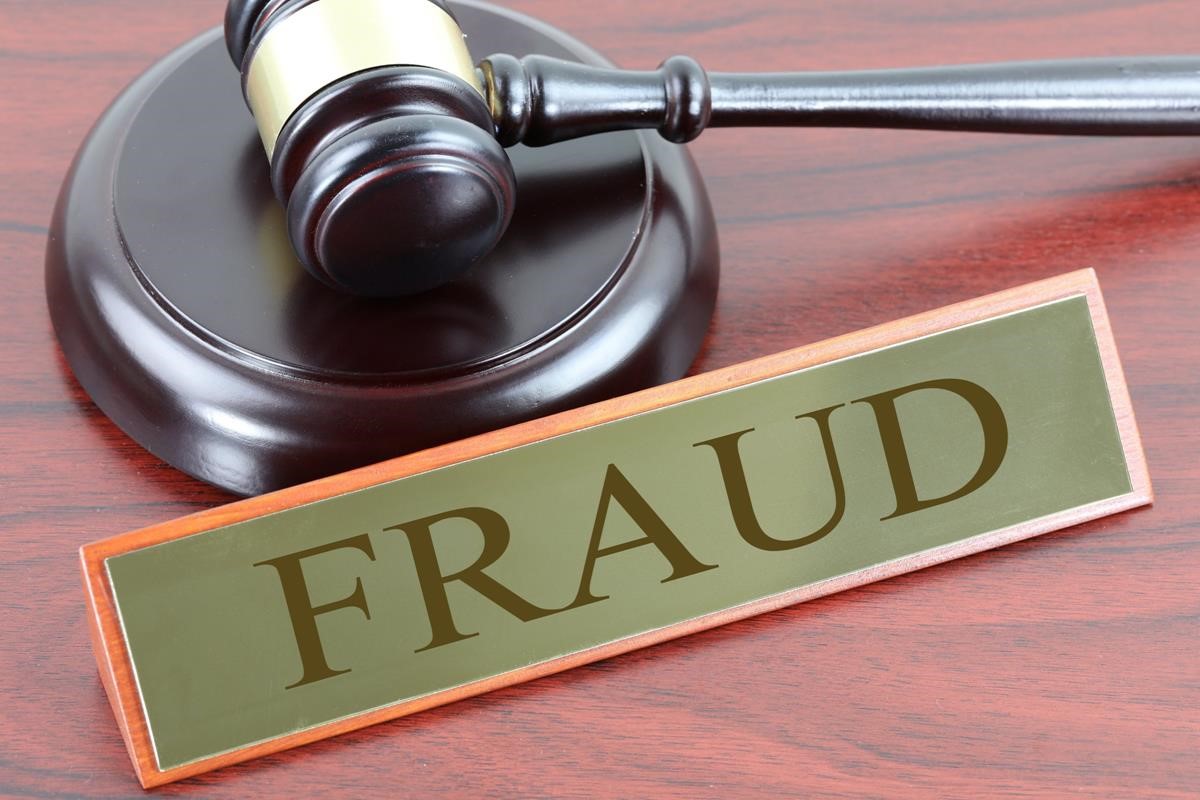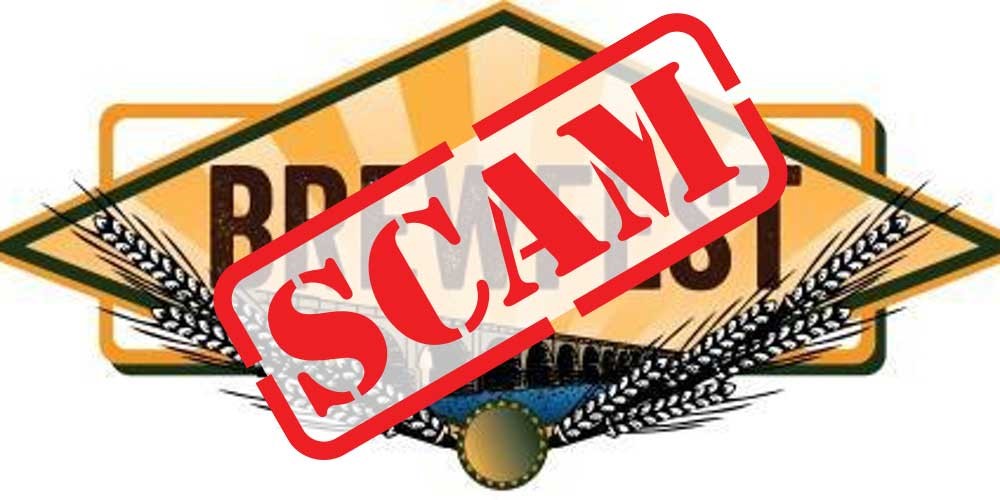Fraud never walks through the front door. It slips in quietly, wearing a company ID, armed with trust, and fluent in your internal processes. It doesn’t shout; it whispers. It doesn’t rush; it waits.
Every fraud I’ve ever investigated began with something ordinary, a trusted staff member, a small exception, a delayed reconciliation. And yet, months later, it always ends with executives asking the same question: “How did we miss it?”
The answer is simple. Fraud hides best in places where everyone believes it cannot exist.
The illusion of loyalty
The first mistake leaders make is confusing loyalty with integrity.
In many organizations, loyalty is the highest currency. “He has been here for ten years,” they say proudly, as if tenure guarantees honesty. But long service doesn’t create integrity; it creates access.
Fraud thrives not in chaos but in routine. The longer someone works within your systems, the more invisible their actions become.
When Suspect 1, a mid-level accountant, started approving vendor payments without secondary review, it was not because he was cunning. It was because no one imagined he could be deceitful. He was “family.” He had signed the visitors’ condolence book, led morning prayers, and even chaired the welfare committee.
By the time Summit Consulting Ltd was brought in, he had siphoned over UGX 420 million in small, unremarkable transfers; all within approved thresholds.
The anatomy of invisible fraud
“Fraud is not a storm. It’s a slow leak you mistake for humidity.” Most frauds begin as an opportunity disguised as a necessity. An employee feels underpaid, overworked, or overlooked. They see a loophole and convince themselves it’s temporary.
Fraud follows a predictable lifecycle:
- Rationalization: “They owe me this.”
- Opportunity: Weak oversight, manual controls, or predictable approvals.
- Capability: Knowledge of how the system works and how to exploit it.
By the time external auditors arrive, the fraudster has already perfected the cover-up. They understand your audit cycles, your risk appetite, and your blind spots. They operate beneath thresholds and within policies, using your own procedures as camouflage.
When systems become accomplices
In one government agency, Subject 2, a systems administrator, used dormant supplier accounts to authorize “system test” payments. Each was below the internal approval limit, so no red flags appeared. When questioned, he said, “It was just a test transaction.” It was for the first six months. By month twelve, he was testing his retirement plan.
Fraudsters love predictable systems. When every control operates the same way every time, they know exactly when to strike.
Static controls create dynamic vulnerabilities. That’s why your internal control manual isn’t enough. Fraud doesn’t need to break your system; it only needs to understand it better than you do.
The culture that nurtures fraud
Fraud doesn’t start with accounting entries; it starts with organizational silence.
In one case, a junior staff member suspected that cashiers were “rounding off” daily collections. But when she raised the issue, her supervisor told her, “Stop being paranoid.” Six months later, the company discovered UGX 90 million in unaccounted cash.
The red flag wasn’t missed; it was dismissed. When staff stop speaking up because no one listens, you create the perfect ecosystem for deception.
Culture, not control, is your first line of defence. You can install the best fraud detection software in the world, but if people fear being labelled “troublemakers,” fraud will continue to thrive, politely, quietly, and profitably.
The problem with traditional audits
Boards often say, “Our auditors will catch it.” They won’t. Not because they’re incompetent, but because audits are designed to confirm accuracy, not detect intent.
Fraud operates between transactions, in timing, relationships, and subtle behavioural changes.
Auditors test samples; fraudsters manipulate exceptions.
In one bank, a teller consistently reversed customer transactions after hours, claiming “system errors.” Because reversals matched entries, the system showed no loss.
Only when Summit conducted a forensic data analysis did patterns emerge; reversals clustered around end-of-month reconciliation dates.
The insight? Fraud lives in patterns people stop noticing. The key to early detection is not more data; it’s sharper interpretation.
Here’s what I teach boards:
- Look for behavioural anomalies. Fraudsters change before systems do. Sudden defensiveness, reluctance to take leave, or late-night logins are red flags.
- Follow the flow of exceptions. Fraud often hides in “temporary” approvals, “manual adjustments,” or “test accounts.”
- Watch your culture metrics. When staff turnover spikes in finance or IT, fraud risk rises. Good people don’t leave strong cultures.
Fraud detection is not a forensic task; it’s a leadership discipline. Fraud is not about bad people. It’s about good people making bad choices in environments that allow it.
When leaders treat fraud as an external enemy, they miss the point. Fraud doesn’t invade; it emerges.
It grows in cultures where success is celebrated but process is tolerated, where speed trumps scrutiny, and where leaders mistake charisma for credibility.
“You don’t prevent fraud by locking doors. You prevent it by unlocking conversations.”
If you want to spot fraud before it strikes, build an organization that sees everything twice: once through data, and again through human judgment.
This means:
- Rotating responsibilities: No one should handle end-to-end processes for too long.
- Rewarding transparency: Make it safer to report anomalies than to ignore them.
- Modernizing detection: Deploy continuous monitoring tools that flag unusual trends in payments, vendors, or access logs.
And most importantly, train leadership to see silence as a symptom. When staff stop raising issues, don’t celebrate; investigate.
The board’s responsibility
Boards must move beyond the comfort of audit reports. They should demand behavioural dashboards, not just financial ones.
Ask management:
- What percentage of staff are overdue for mandatory leave?
- How many system access rights exceed job responsibilities?
- When was the last time whistle-blower data was analysed for patterns?
Fraud awareness should be a standing board agenda item, not a post-crisis topic.
Because the true measure of governance is not how you respond to fraud, but how you prevent it from becoming a headline. Fraud in the shadows is like a termite in wood: quiet, patient, and destructive. By the time you see damage, the foundation is already compromised.
The challenge for leaders is not to be paranoid, but to be prepared.
Fraud cannot be eliminated, but it can be anticipated, designed against, and quickly contained. The organizations that survive the future are not those with the most controls, but those with the most curiosity. So, ask the hard question: Can you spot it before it strikes?
If your answer takes more than a second, it’s time to look again.




